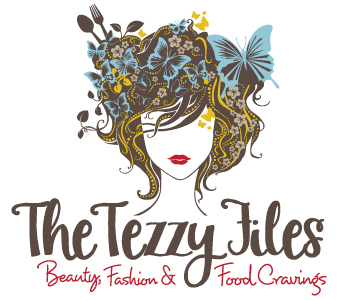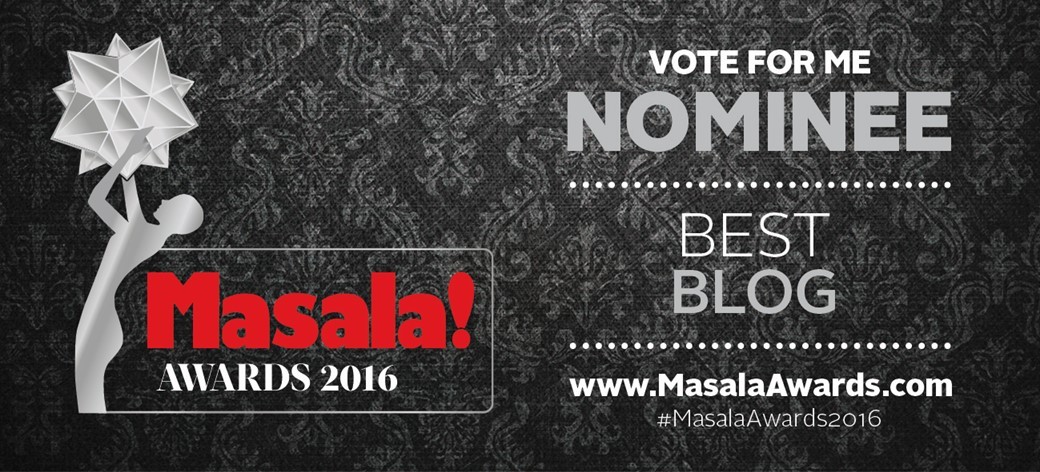Meet Jason Dalmeida. Born and bred in the UAE, Jason is a freelance photographer who left the corporate jungle to turn his passion for photography into a full-fledged career. Here we ask him on what it takes to go freelance, and the do’s and don’ts of being a great photographer.

Tell us a little about yourself.
My name is Jaysun Dalmeida aka Jason aka JD. I was born and brought up in UAE.
As a person, I am eccentric, adventurous, a risk taker and a people’s person. I like to laugh and make people laugh.
I choose to be happy and live my life on my own terms. I prefer not to live in my past or my future. I do not have any regrets in life.
You left the corporate jungle to pursue photography. What were you doing before becoming a photographer? Was it scary starting off all on your own?
I am a qualified mechanical engineer, certified trainer and was a waste and recyclables management specialist in the role of a business development manager till 2013 before I took up photography full time.
It wasn’t scary, simply because I used to develop businesses and I made a choice to develop my own business.
I understand the risks. I know the resources I need to survive and build a healthy business.
In fact I did invite a bit of fear into my system. I left myself no choice by plunging into my passion full time. It put me in a position where taking a step back spells doom and moving forward was the only option left for me.
What made you take such a big step?
My son. The first time I saw my first-born son, it was very clear what I wanted to do in life.
I wanted him to see, learn and know from the day he was born that, life is about living his passion and no matter how difficult it is, it is worth making a living out of it.
The day he was born, I also realized that he will grow up fast and I have to establish myself before he reaches school, to give him a good life.
What were the challenges you faced on becoming a freelance photographer?
My biggest challenge was lack of branding, which made selling myself difficult. When I used to work as a BDM, photography was an alternate source of income and taking up any job at a low rate was easy and felt good. I could invest the additional income into my gear.
But a fulltime professional does not have these luxuries. Even decreasing the prices does not help, because people see price as a value indicator and secondly it is difficult to get paid higher later.
When we work as an employee, we can fall sick and not work for days, but we will get our full salaries at the end of the month, and in some cases, even before the month ends. This does not happen when you are working for yourself.
It is a lot more difficult than one can imagine. The fear of uncertainty and fear of failure will haunt you. This is why people find it safe to work for someone who is taking all the risks in life.
In my case, fear drives me. I know failure is part of the game, and success comes after learning from numerous failures while persistently believing that you deserve a better life.
What are the perks of your job?
None. No job is easier than the previous job, but yes, new jobs are more difficult than the job we left behind.
But if you look at it differently, no matter how difficult it is, it does feel good to do what you want to do.
Also, you can choose to be with your family when you want, at the expense of your business.
A sales man once told me that it must be fun working for yourself, you are your own boss. Then I told him, that like everyone, I have deadlines and targets, which I have assigned for myself, but instead of working 8 hours a day, most of the time I end up working 24 hours a day.
Yes it feels good to work for yourself. You are reporting to the best boss in the world and on the other hand, if you are in a bad mood then even your boss is in a bad mood. You can go to work when you want and decide when not to work. But I always know this, that I cannot hide from the boss. He is continuously watching.
I am fully responsible for my actions, failures, reactions and lastly my earnings.
What advice would you give someone who is thinking of going freelance?
If you choose to take up photography full time, don’t be a fool and don’t take it up ever. I really do not need any more competition.
(Jokes apart) I would like to tell everyone who takes up their passion full time that the moment they decide to do this full time, it is a business. Passion can drive you but will not feed you.
You have to value your work, deliver what customer expects, understand what the customer wants, be responsive, be responsible, be a human and above all never under-sell yourself.
You will have to learn people skills to manage different types of people, people who support you, your customers and suppliers.
Please share some of your favorite clicks.
Weddings…
Nature…
Cityscapes…
Tells us a bit about photography…
It is about emotions. Photography is an art of capturing your emotions and communicating the same to the viewer of your pictures. The viewer could be you or anyone else.
Most people get sucked into a disease called GAS (Gear Acquisition Syndrome), but choose not recognize their emotion and use it in capturing great compositions.
Photography is more about capturing what you feel, not really about what and how you use your camera.
What makes or breaks an image?
Compositions All cameras capture the same thing, light. Good lens help you capture sharper image, but what really matters is composition.
A good image need not be technically perfect, and on the other hand, a technically perfect image does not always make a good image.
How can you define a good Image?
First it is the photographer and then the viewer who decides if the image is good. If the photographer does not like the image, it never reaches the viewers.
And if viewers, the masses, total strangers, like your image and can sense what the photographer tried to communicate, in my personal opinion, it is a good image.
Photographers always talk about good lighting. What is good lighting?
Second to compositions, understanding and knowing light is very, very important. Knowing light and the way light reacts off the subject can make a photographer’s life a lot easier. I would take this a little further and add, that understanding shadows are more important than light. Light defines the subject, but shadows give the subject depth. A good light compliments your image. Lighting can make the image surreal or fill it with drama.
How does taking portraits differ from the photography of inanimate objects?
Inanimate objects are obedient; they are confident and lack insecurities. They are not pretentious.
But this also is a challenge. Portrait photography tests the photographer’s people skills.
Once the photographer is sure that the compositions represents his vision, he has to make the subject comfortable enough to be themselves in front of the camera and lights.
Which cameras do you use?
I used a Canon 7d for 5 years and recently upgraded to a Canon 5d Mark 3.
I used to use zoom lens before, but with experience, I have moved away from zoom lens and now most of my lenses are primes (non zoom lenses).
The lenses I use are, Canon 16 – 35 f2.8L, Canon 50 mm f1.2L & Canon 135 f2L I also have a Canon 24 – 70 f2.8L, which I never use and want to sell it.
I also have two on camera speedlites, the Canon 430 EX II and 600 EX RT. I use a Mefoto carbon fiber tripod, which is light and has a payload capacity of 12 kgs.
What camera would you recommend a novice who is starting out in photography?
The best camera is the camera in your hand. DSLR (Digital Single Lens Reflex) cameras give you a lot of control and durable, but are bulky and heavy.
If you choose to remain a hobbyist and plan never to shoot king cobras in a wet tropical jungle, covered in mud and leeches, you should consider buying lighter and compact mirror less cameras, which these days can capture DSLR quality images.
Brands like Fuji and Sony have amazing mirror less cameras.
For example the Sony A7R has the same full frame sensor, which we can find in Nikon D800 and the camera can be adapted to use DSLR camera lenses.
Please share some photography tips and tricks…
Know what you are going to capture before you reach for your camera instead of clicking 100 images and picking 1 image which you like.
Take your time, understand and know the space and click when you have seen the image in your mind.
Lastly learn, read and most importantly practice, practice, practice!
Thanks for all your advice and photography tips Jason! You really are a pro.
Follow Jason on Facebook and Instagram to see more of his spectacular work.























